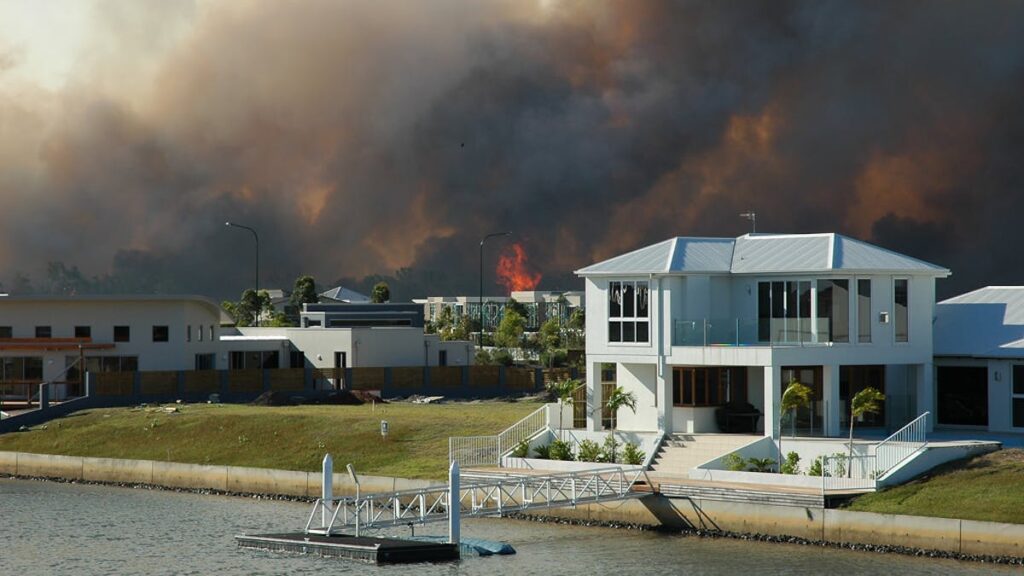We enjoy summertime here in WA! However we’re also aware of all the natural risks associated with living in our beautiful country.
As bushfire season gets closer, make sure you’ve prepped your home in the best way possible to keep you and your house safe.

1.Stay informed on the Fire Danger Rating (FDR)
The best way to stay safe is to have a plan and be ready to act. Keeping an eye on the daily FDR helps you to take action earlier and avoid the potentially dangerous impacts of a bushfire. A moderate rating advises to plan and prepare as the fire can be controlled, however anything above extreme risk means to take immediate action and evacuate through non-fire risk areas.
2.Have an emergency evacuation kit ready
If you believe a bushfire could impact your home, pack an emergency kit ready to go if the situation requires you to evacuate. If you’re unsure you can handle the fire and protect your family, it’s best to leave early. An emergency kit should include important or legal documents; valuable items suchas photos, jewellery etc.; clothing; first aid kit; water and food and personal hygiene items. When leaving, grab items like your wallet, medications, phones and chargers, keys and pet supplies (food, bowl, leash etc.).
3.Manage vegetation around your building to minimise fire risk
Western Australia has standards in place to ensure a property is as safe as possible from a fire risk, such as appropriate tree trimming and distance from the home. Contact your local council to ask about vegetation standards, and keep up regular landscaping maintenance to trim back trees and shrubs, clear leaves and debris and keep your garden tidy. If possible, you can also create a fire break around your property, and install a heat radiant shield such as a solid fence.
4.Prepare livestock
If you have any animals or livestock to protect, make sure you have a plan in place for them as well. If you can’t move them to a safe location prior, find a safe area on your property for shelter. For livestock, a large, well fenced sandy area without trees or buildings nearby is best, with easy access to a dam. Make sure all animals have access to adequate food and water.
5.Check your fire alarm and electrical points!
The Department of Fire and Emergency Services (DFES) recommends testing your fire alarm every month, which you can do by holding down the test button until you hear a loud alert tone, then release. Once a year, vacuum the smoke alarm vents to clear debris, and apply insect spray around the surface to prevent insects from nesting. If your alarm has a 9-volt battery, you must also change this every year. Always make sure the green visual display light is on, as this advises the alarm is connected to mains power. As a general rule, all smoke alarms must be completely replaced every 10 years. However when doing this, make sure you have a licensed electrical contractor to disconnect and install. This is also a great time to check all electrical points for any faults to be resolved.
There are plenty of steps we can take to be prepared during theharsh Australian bushfire season, most importantly having an actionable plan and being ready to move. If you have any questions, make sure you contact DFES, and prep your plan and home.
If you need any help with electrical or garden maintenance to ensure you’re as safe as possible, contact GND Property Maintenance Group on (08) 9209 2889 for a free quote on how we can help.


